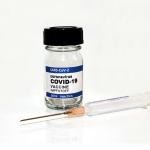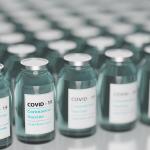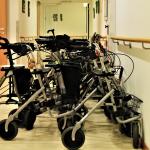Lars kicked things off by mentioning former presidential candidate RFK Jr., who has achieved a small following with his unhinged anti-vaccine views.
COVID-19 vaccination
Infections, like all biological phenomena, change and evolve. The poorly-defined Post-Acute Sequelae of COVID (PASC), or “Long COVID,” is no exception. A new study reports on the dynamic incidence of Long COVID over time.
The Public Readiness and Emergency Preparedness Act for Medical Countermeasures (“
The administration of COVID-19 vaccines in pregnancy raises two kinds of concerns that apply to all vaccines. The first is the recognition that because the vaccines will be administered mainly to a healthy population, their safety must be we
The historical vaccination for smallpox, caused by variola, was inoculation with cowpox, vaccinia – two microbes that were similar but not the same. [1]
The CDC is not capturing data on breakthrough COVID-19 infections – infections in those who have been vaccinated.
Here are the demographics of disparity - separating the "fearful" from the "fearless."
Here is a graphic of vaccine’s economic value. It has a huge multiplier for the most concrete of benefits, reducing the number of individuals that require treatment - $16 saved for each $1 spent.
While it is evident that nursing home residents [1] are both susceptible to COVID-19 and suffer higher rates of mortality, it has been unclear what exactly the underlying risk factors are. Certainly, co-morbid conditions, which seem to











